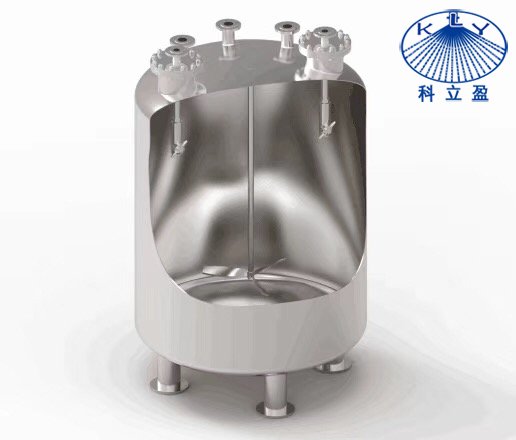When many users use the equipment, they often neglect the cleaning of chemical reactor, which makes the quality of the products can not be guaranteed. In addition, cleaning equipment is not only to ensure the cleanliness of equipment, but also to ensure that the performance of equipment is not affected. If the material stain remains on the equipment all the time, it will cause the equipment problems and can not meet the actual production demand. Therefore, users must learn to wash equipment regularly.

So how to clean the reactor?
Mechanical Reactor Cleaning Method:
1. Mechanical cleaning is a very common method in the cleaning of reactor. It is commonly used. It has obvious effect on common dirt such as powder agglomeration and deposition. It is simple and convenient to operate, less harmful, low cost of cleaning, and less loss to reactor, but its application scope is narrow. In most production and test, the dirt in reactor can be cleaned by tank washer. In special cases, such as solid agglomeration in polymerization reaction, it needs to be cleaned with other cleaning methods, such as smashing, cutting and so on.
2. Scrubbing method can be used to remove liquid fouling with strong adsorbability or viscous. This method is especially suitable for glass reactor and enamel reactor. The effect can be achieved by applying cloth or test tube brush to small reactor, and the operation is simple.
Mechanical Reactor Cleaning
Chemical cleaning method for reactor:
1. Fill the reacting solvent into the kettle from the exhaust valve. After cleaning most of the residues, stir the kettle with water for 10 minutes. At this time, the cover of the kettle can be opened and the inner wall of the kettle can be cleaned. When cleaning, the cover of the kettle and the sampling valve must be cleaned. At the same time, when there is water in the kettle, a little nitrogen should be filled.
2. It is recommended to soak the reactor with 70% clean anhydrous ethanol without tightening the screw.

After each use of chemical reactor, special cleaning liquid should be used to remove the residues of the reactor body and sealing surface. It should be noted here that in the process of cleaning, attention should be paid not to corrode the subject material, and it must be cleaned very clean until there is no residue.
Chemical cleaning is a commonly used method in the cleaning of reactor. It has a wide range of applications and obvious effects, but the cost is high. At the same time, a large number of chemical waste liquids produced are difficult to be treated and the environment is polluted greatly. In chemical cleaning, the first step is to determine the composition of the dirt, and then select the corresponding cleaning solvent. At the same time, the cleaning safety and the corrosion strength of the kettle need to be evaluated. Chemical cleaning can find the corresponding cleaning countermeasures for most of the dirt, and the cleaning effect is better, but in consideration of the kettle and environment, it is generally necessary to coordinate the relationship between cleaning effect and wear and tear.
Notices for cleaning reactor.
Cleaning effect of mechanical stainless steel high temperature and high pressure reactor:
After cleaning, the reaction conditions can be directly improved, the heat transfer efficiency can be improved, and the energy consumption in the production process can be greatly reduced. At the same time, the cleaning of the reactor can ensure the uniqueness of the reaction, reduce the occurrence of impurity reactions and greatly reduce the probability of safety accidents. In addition, the working environment of the clean reactor can be large. The load of heat exchanger is greatly reduced and the service life is prolonged.


 Chinese
Chinese

